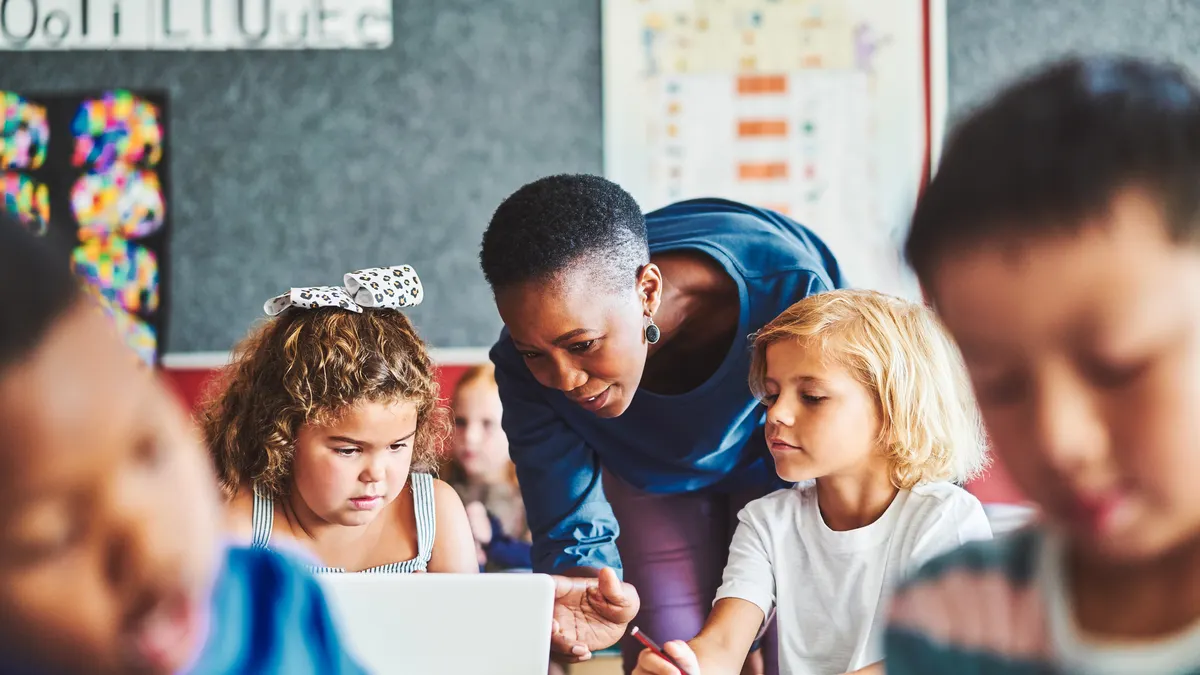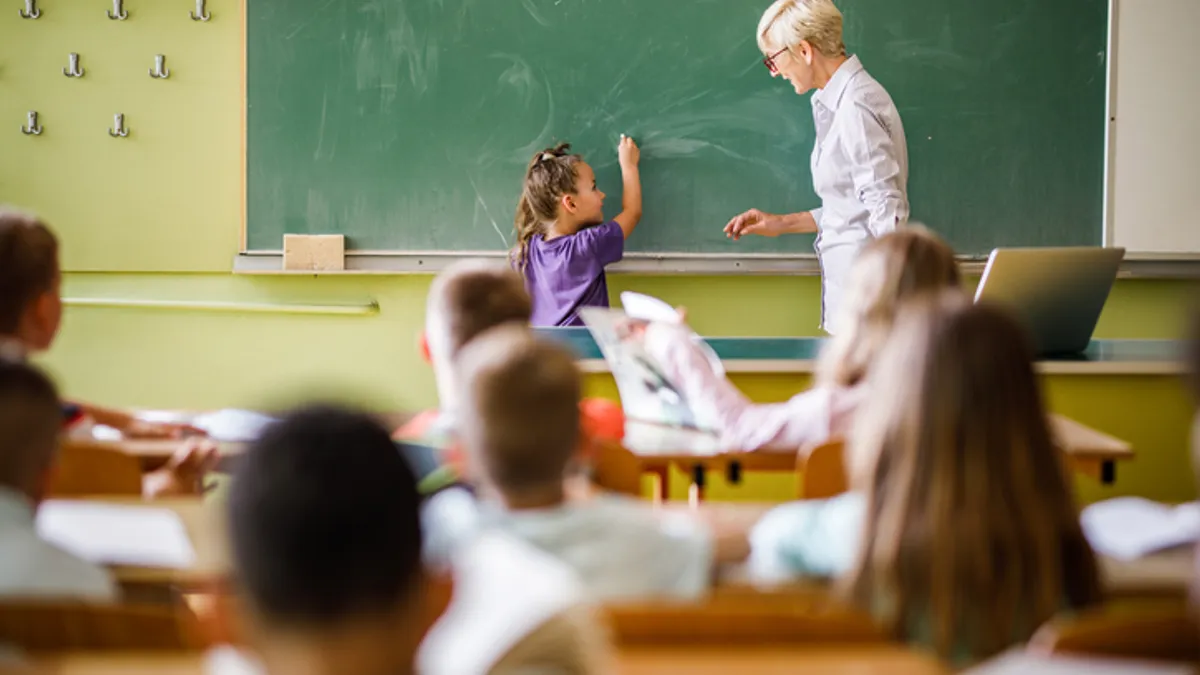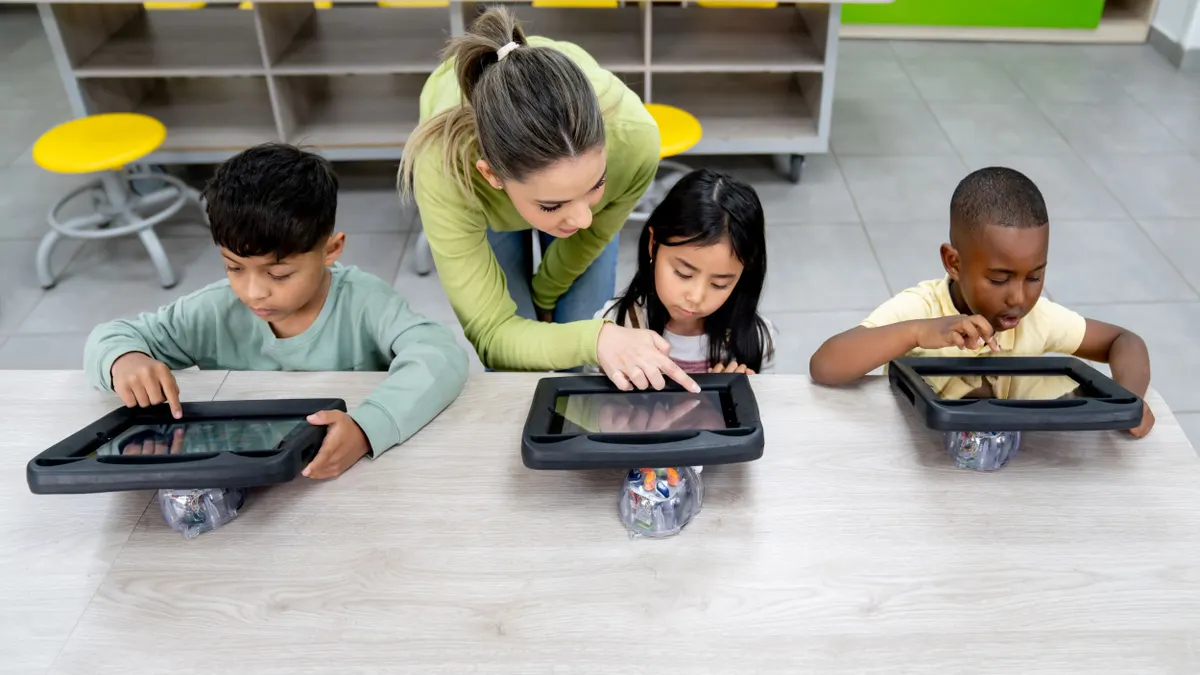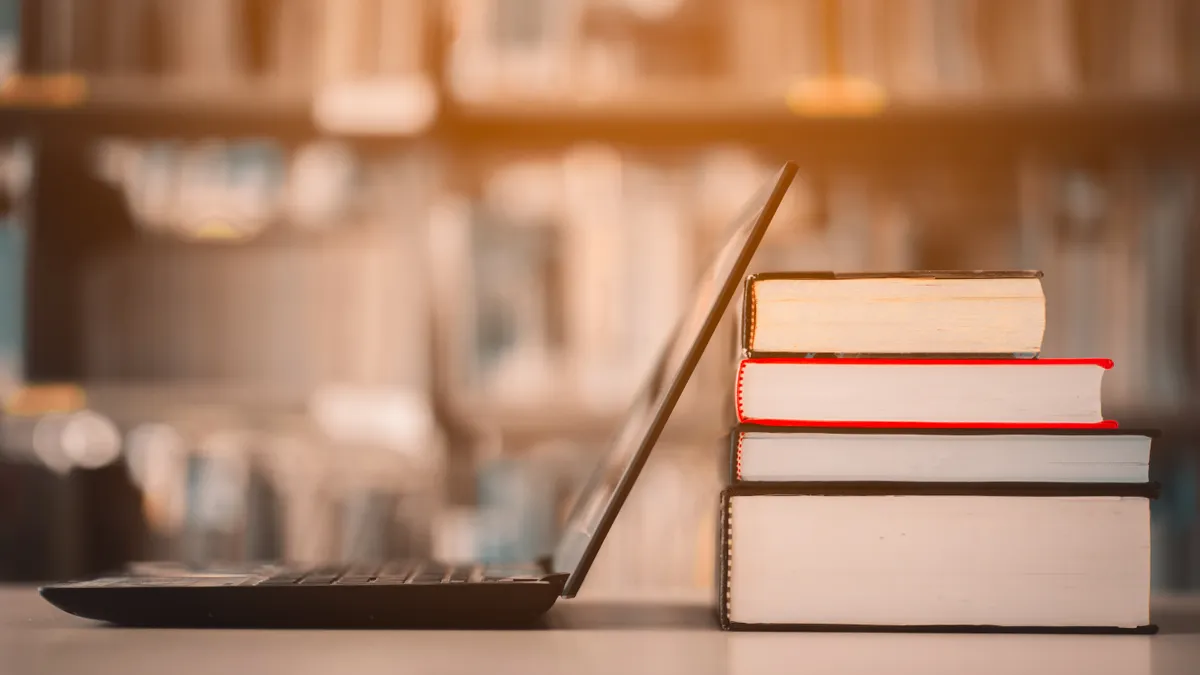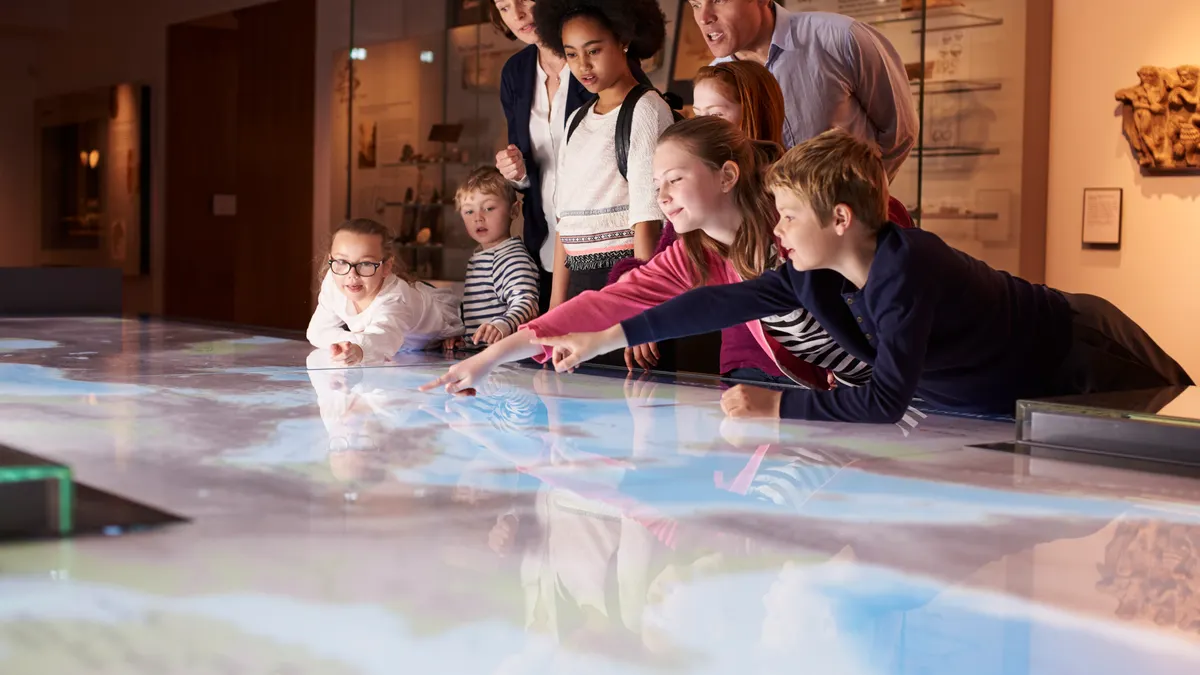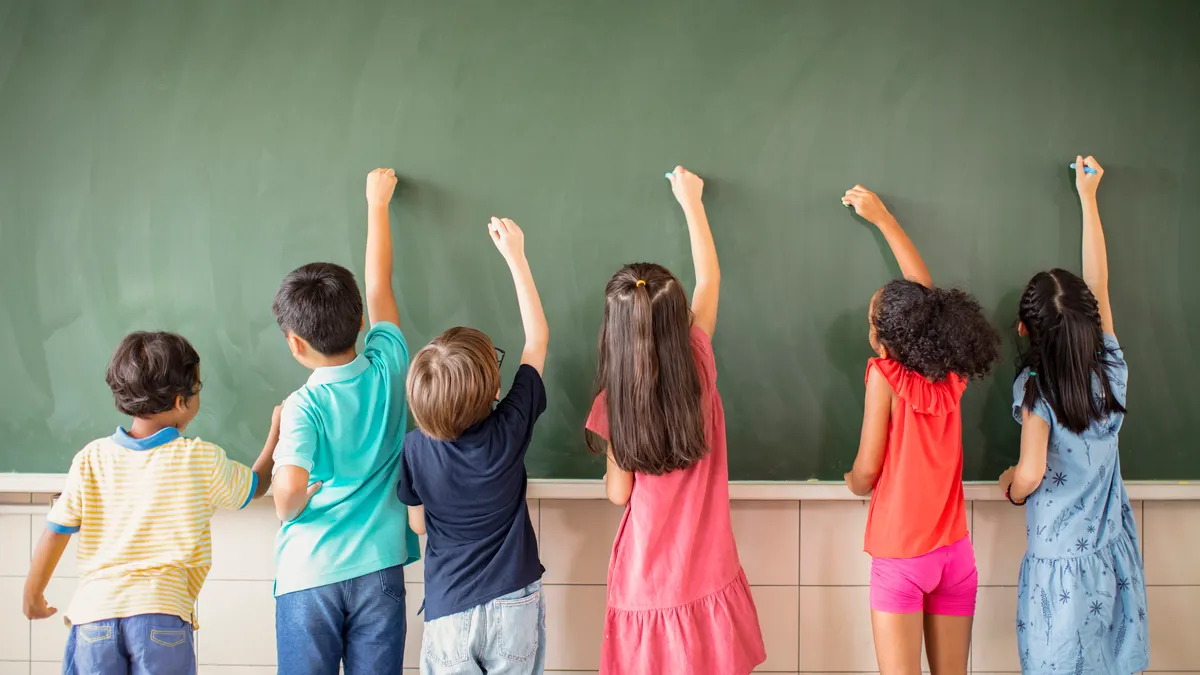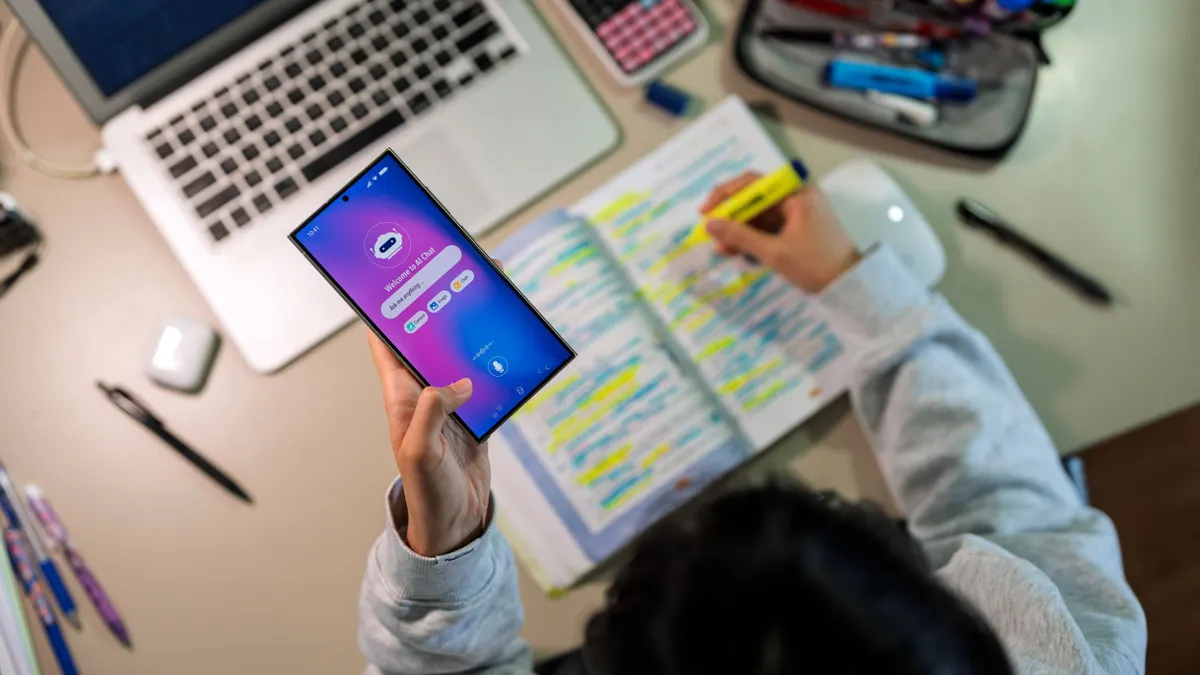Mindy Bissett's classroom at Seventh Street Elementary School in North Little Rock, Arkansas, is filled with devices and designs to inspire students' interest in space exploration.
There's a tracker that follows the position of the International Space Station so students will know when it passes overhead. There's a sequined stuffed dinosaur like the one that flew aboard a 2020 SpaceX mission. And there are materials for drawing and building a model space launch system, a rover, and other space-related equipment and vehicles.
By using these materials and connecting lessons to space investigation and careers, Bissett hopes to boost her students' understanding and learning in STEM skills. She also aims to build students' resilience, perseverance and collaboration traits through space-related projects and experiments that might fail on the first few attempts.
"I remind them, if you're getting frustrated, you're learning and that's important," said Bissett, a teacher of gifted and talented students. She said she told them "if everything came easy, you wouldn't learn anything. I said, so, we have to do hard things so that we learn and grow."
Bissett, a self-identified space fan who has been to the Space Academy for Educators at the U.S. Space & Rocket Center in Huntsville, Alabama, emphasizes to her students that the people working on real-life space missions may get discouraged if a design or equipment doesn't work as expected.
Lately, she's been using a free curriculum developed by LEGO Education and NASA called “Build to Launch: A STEAM Exploration Series,” a new classroom resource that provides students lessons about the diversity of careers, backgrounds and opportunities of those working directly at NASA.
The open-ended lessons give students the opportunity to solve problems similar to what the team working on the unmanned Artemis I launch next year is facing, for example.
"I really want the focus to be on these little kids and [the] awe and wonder" of learning, Bissett said.
'Playful hands-on learning'
The 10-module Build to Launch lessons and teacher resources released weekly this summer and fall. Videos of the module's missions and mission briefings are available on YouTube. Leading the mission briefings are LEGO minifigures Kate, the command pilot, and Kyle, mission specialist. LEGO Education and NASA recently announced Kate and Kyle will be aboard the Orion spacecraft for the Artemis I mission.
The curriculum collaboration targeted for elementary and middle school students was a natural fit for LEGO Education and NASA, said Jenny Nash, head of Education Impact U.S. at LEGO Education.
"We wanted something that was really fun and engaging. We want it to be very intentional to those same kinds of science and engineering practices," Nash said.
The Build to Launch series does not require classrooms to have LEGO bricks for students to follow along with the missions. In fact, teachers can use available materials, whether those are cardboard rolls, pipe cleaners or LEGO bricks. That also means these engineering-design projects don't have building instructions like those that typically accompany LEGO playsets.
What's important, Nash said, is that the lessons provide exposure to the careers and opportunities in space exploration, including the idea that every employee who is part of a space mission adds value.
"So it's true authentic learning that [students] have, and we're able to really kind of nurture their creativity through that while also again exposing them to the real people that are involved," Nash said.
Nash pointed out the lessons can be adjusted based on grade level, repeated and paced to match a classroom’s flow. In addition, she said they incorporate problem-solving prompts that challenge students to consider the steps needed to safely launch a rocket — all while honing children’s STEM, writing, communication, reflection and SEL skills.
The curriculum also includes a resource guide for professional development that coordinates with each of the 10 modules.
"We're passionate about playful hands-on learning. It's our mission, and we want to find these ways that are really exciting and engaging for teachers to bring it into their classroom," Nash said.
Frustrations part of growth mindset
In Bissett's classroom, students built autonomous vehicles after the first module and then added robotics to the vehicles to make them move. That's when the frustrations set in as students saw wheels fall off and the vehicles move backward.
Bissett reminded the class about having a growth mindset, and that NASA engineers don't give up when they hit obstacles. The students rebuilt the vehicles and wrote reflections about their experiences and experiments.
"They are loving it so far," Bissett said in a follow-up email. "It feels like when we are working on them, the time flies by."
The class is spending more than one week on each lesson because Bissett is weaving in instruction about how autonomous vehicles operate, allowing time for students to design, test and build models, and pausing for other nonspace-related instruction.
The science and technology behind space travel will continue to be a theme in the class. Bissett recently won a grant to have an Exolab in her classroom where students can study the effects of microgravity on plants and other living things — just like on the International Space Station.



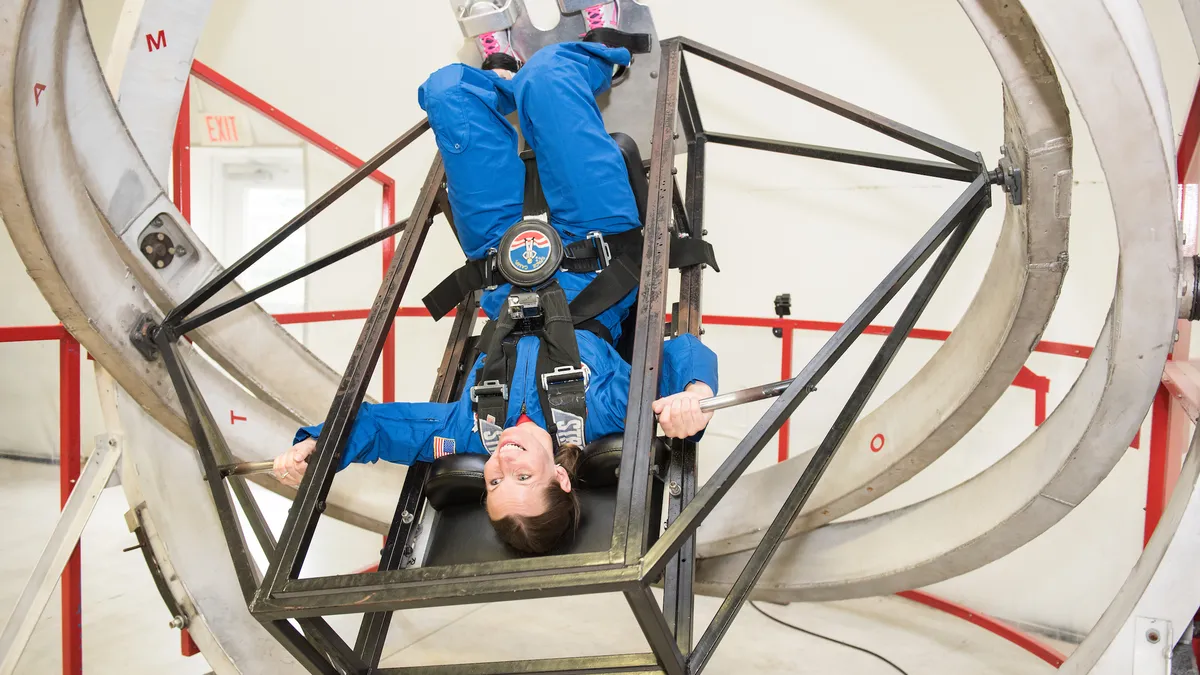



 Dive Awards
Dive Awards

